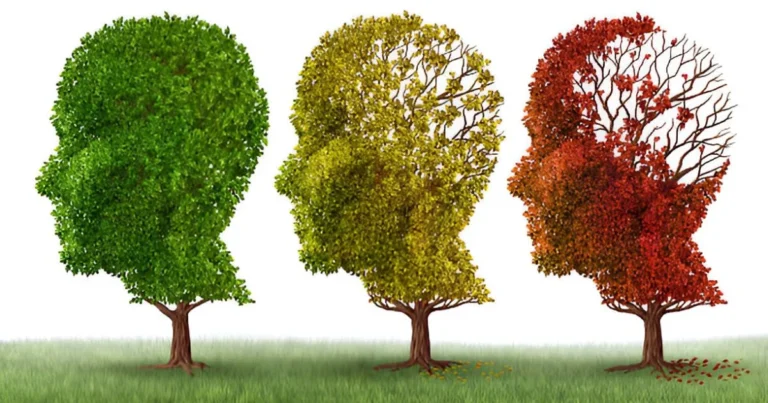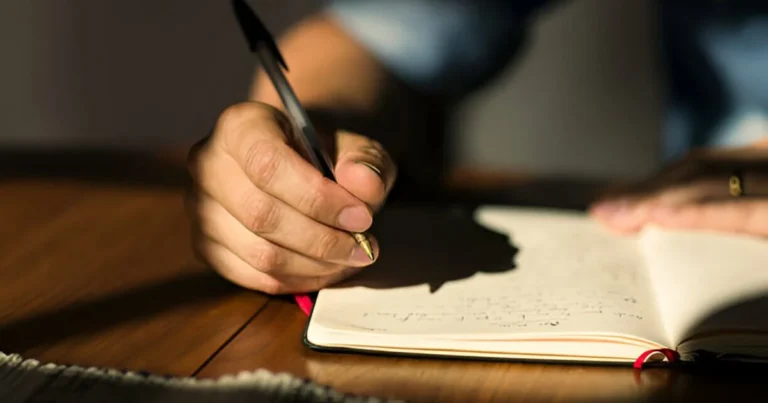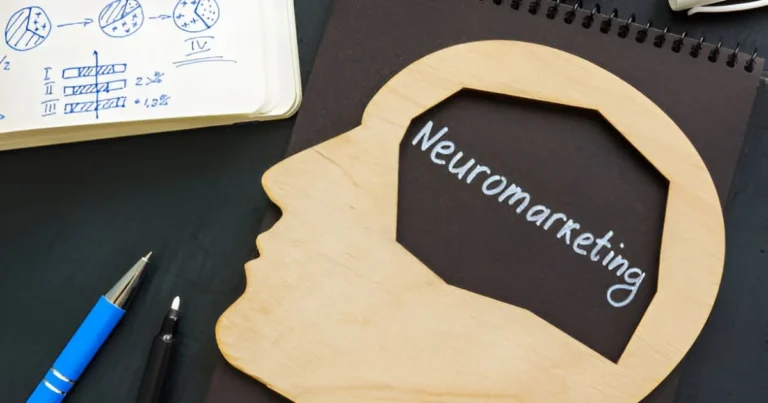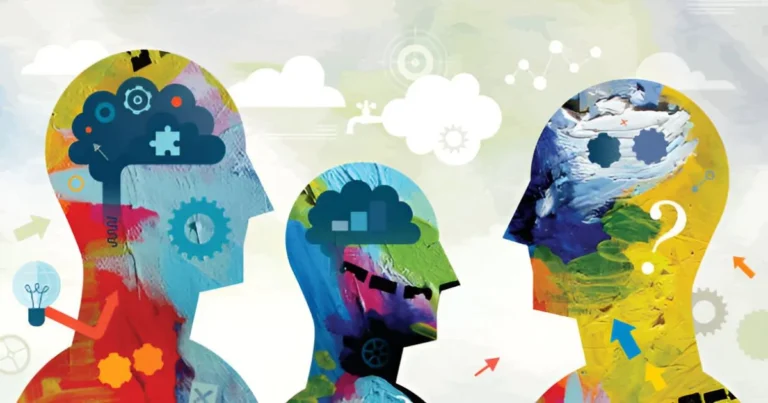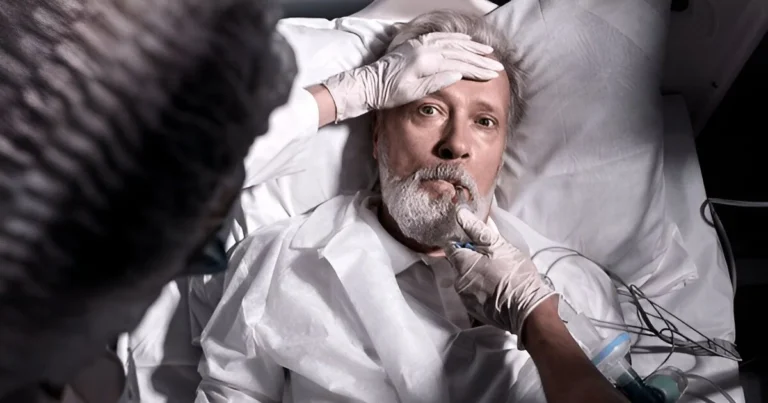False memories: The brain’s illusion of truth
A word, an image, a glimpse of a familiar face in a crowd; sometimes, that’s all it takes for a memory to resurface. It emerges with the clarity and conviction of a moment truly lived. We remember it. We’re certain of it. Or so we believe. Because at times, the memory in question never happened at all. It isn’t distorted or vague; it’s entirely fabricated by the brain, and yet, it feels real.
Human memory is endlessly fascinating because it forms the bedrock of our identity. However, as cognitive science probes its mechanisms, a troubling paradox arises: what seems to be a stable function is, in fact, remarkably malleable. Far from being a simple recording device, memory reconstructs, reshapes, and sometimes… invents. False memories aren’t just slips of attention. They are a powerful demonstration of how our brain can generate entire episodes from scratch; and make us believe in them wholeheartedly.
Lost in the mall : What an experiment taught us about false memories
A major turning point in experimental psychology came with the groundbreaking work of Elizabeth Loftus, a pioneer in the study of false memories. One of her most famous studies, known as “Lost in the Mall” (1995), aimed to demonstrate how autobiographical memory could be manipulated to incorporate entirely fictitious events. Loftus sought to show that mere verbal suggestion could be enough to convince individuals they had experienced something that never happened.
Loftus and her colleague Jacqueline Pickrell recruited adult participants and presented them with four short narratives describing events from their childhood. Three of these stories were verified as true, based on information provided by close relatives. The fourth, however, was entirely fabricated: it described the participant getting lost in a shopping mall, feeling scared and anxious, and eventually being rescued by a stranger. To make the false story more believable, the researchers included realistic details, such as the name and location of a shopping center the participant had actually visited in childhood.
Over the course of several spaced sessions, participants were asked to read the stories and recall as many details as possible. They were encouraged to elaborate on the memories, to add new elements, and to rate how confident they felt about the events described.
The results were striking. Around 25% of participants came to “remember” the fictitious mall incident as if it were a genuine memory. More astonishingly, many embellished the story with vivid, emotionally charged details; descriptions of fear, what they were wearing, voices they heard, even imagined faces or smells. These fabricated memories became rich, persistent, and emotionally resonant; indistinguishable from real ones in the participant’s mind.
The study revealed that autobiographical memory is not a passive archive. Instead, it is a dynamic reconstruction process, highly susceptible to external suggestion. Loftus concluded that the brain doesn’t merely record the past; it actively creates a coherent narrative that “makes sense” based on what we know and believe. When faced with a plausible but incorrect story, the brain can fill in the gaps, constructing a memory that feels as genuine as any real experience.
False memories, real consequences
Loftus’ research has profound implications, especially in legal and clinical settings where memory is often treated as reliable evidence. Her findings challenge that assumption. A simple suggestion, a convincing story, or an altered image can implant a false memory; without any deliberate manipulation. This raises serious ethical questions: How can we ask about the past without shaping it? How can we distinguish lived experiences from imagined ones?
The stakes are equally high in therapeutic contexts. Techniques designed to uncover repressed memories, even when well-intentioned, can unintentionally lead to the emergence of false recollections; especially in vulnerable individuals seeking meaning or healing. Some patients come to remember abuse, trauma, or pivotal events with such emotional intensity that the memories feel undeniable. And yet, in some cases, these memories are largely or entirely the result of an unconscious but sincere reconstruction.
In both the legal and therapeutic domains, we find emotionally powerful, deeply convincing memories; some of which are entirely fabricated. The individuals experiencing them are unaware of the fabrication, which makes false memories all the more insidious.
This highlights how easily memory can be influenced. Unlike a camera that captures every detail faithfully, the brain stores fragments; an image, a sound, a feeling, a vague impression. These pieces are then assembled into what we call a memory.
And the most surprising part? Every time we recall a memory, we don’t just “replay” it. Instead, we reopen it; like a computer file that becomes temporarily editable. This process, known as reconsolidation, makes the memory unstable and modifiable for a short time. It’s during this window that memories can be reshaped; slightly altered, enhanced, or even overwritten.
How the brain rewrites the past
From a neurological perspective, reconsolidation engages a complex network of interconnected brain regions. The hippocampus, nestled in the medial temporal lobe, is central to encoding and reactivating episodic memories. It functions as an index, linking the sensory, emotional, and contextual components of an experience.
The medial prefrontal cortex plays a role in metacognition; our awareness of our own thought processes; and helps evaluate the reliability of a memory, contributing to its updating during reconsolidation.
The lateral temporal cortex, rich in semantic representations, can distort memories through associations, generalizations, or inferred meanings.
Finally, the limbic system, particularly the amygdala, modulates emotional intensity. The more emotionally charged a memory is, the more unstable and fragmented it becomes during reconsolidation, making it especially vulnerable to alteration.
A single word, a subtle cue, or a striking image introduced during memory reactivation can be integrated into the recalled memory; blending seamlessly with real fragments. Once reconsolidated, the updated version becomes the new “truth” in the brain’s database. And this is how false memories are born.
Memory’s paradox: We invent to remember
At the heart of the false memory phenomenon lies a deeper truth about how memory works; and what it means to “remember.” A memory isn’t a sealed time capsule. It’s a believable fiction; a dynamic construction that’s reshaped each time it’s recalled. This doesn’t mean all memories are false, but rather that each is a recomposition. Memory’s purpose isn’t to archive the past verbatim; it’s to offer the present a usable version of the past.
This flexibility, while it may seem like a flaw, is actually memory’s greatest strength. A rigid, unchanging memory system would be ill-suited for adaptation. To learn, to anticipate, to cope with the unexpected, we must be able to modify our memories; reorganize them, simplify them, or fill in blanks with plausible inferences. It is through this adaptive reworking of the past that we derive meaning from our experiences and project ourselves into the future.
However, this same plasticity leaves us open to error. When memories are incomplete or vague, the brain tries to make sense of them; not for the sake of historical accuracy, but to maintain psychological coherence. What matters is not so much what did happen, but what could have happened in a way that makes sense to us.
False memories can also serve social and emotional functions. They help us preserve a coherent self-image, create a continuous life narrative, and maintain a sense of connection with others. Even distorted memories can provide meaning, comfort, or justification. They may soothe emotional wounds, rationalize decisions, or strengthen group identity. In this way, memory functions not as a passive repository of facts, but as a psychological tool for emotional stability and social integration.
In short, memory doesn’t exist to faithfully reproduce the past; it exists to help us live with it. It’s not a betrayal of truth, but an adaptive strategy, allowing us to stay functional, resilient, and forward-looking despite the uncertainties of our history.
Can we trust our memories? The limits of certainty
Not entirely. One of the most disconcerting findings from Loftus’ work is that there’s often no way to tell a real memory from a false one; at least not without external evidence. Even memories implanted through suggestion can be described in vivid detail, experienced with strong emotion, and defended with unwavering conviction; even when they are biologically or geographically impossible.
This is why false memories can be so powerful; and so difficult to detect. From the individual’s perspective, they are subjectively indistinguishable from genuine memories.
Ultimately, the confidence we place in a memory is no guarantee of its truth. As demonstrated by the research of Loftus, Brewin, and others, memory is not a flawless archive; it is a dynamic, evolving, and deeply human system. It is sometimes unpredictable, often reconstructive, but always fascinating.
False memories reveal something essential about how we relate to the world. They show that we are not just observers of our lives, but storytellers too. And what we call “the past” may, in the end, be nothing more than our way of continuing to tell the story of who we are; even if that story sometimes leads us astray.
References
Brewin, C. R. (2016). Reconceptualizing PTSD: Beyond the DSM-5. Psychological Bulletin, 142(6), 608–611.
Loftus, E. F., & Pickrell, J. E. (1995). The formation of false memories. Psychiatric Annals, 25(12), 720–725.
Loftus, E. F. (1999). Lost in the Mall: Misrepresentations and misunderstandings. Ethics & Behavior, 9(1), 51-60.

Sara Lakehayli
PhD, Clinical Neuroscience & Mental Health
Associate member of the Laboratory for Nervous System Diseases, Neurosensory Disorders, and Disability.
Professor, Graduate School of Psychology


